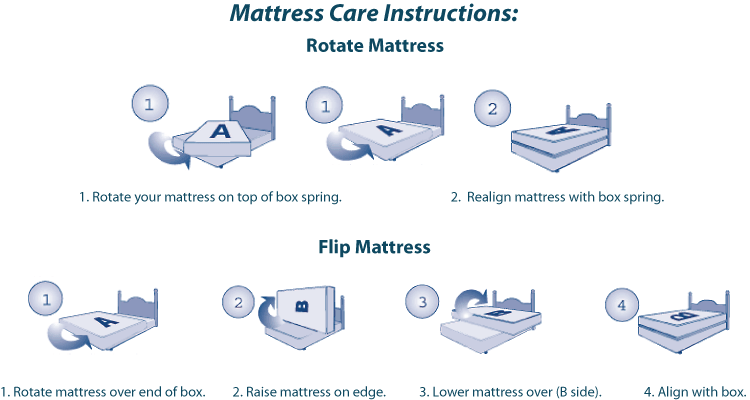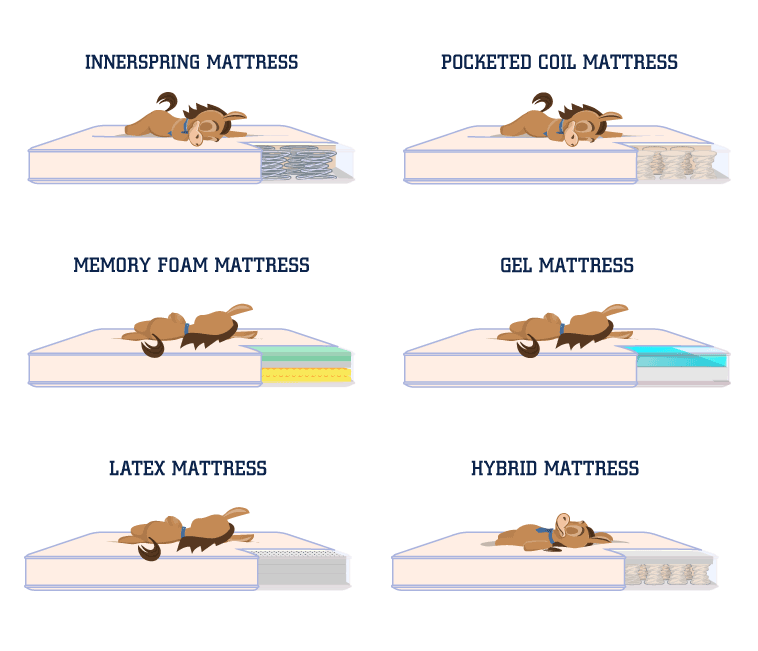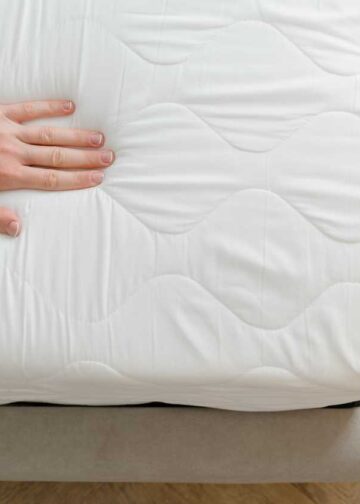If you find the height of your bed unsatisfactory, do not fret; our article has got you covered. In this article, we demonstrate various methods to increase the height of your bed yourself.
A notable expression of DIY is ‘Do It Yourself’. Today, we will explore DIY bed risers, bed wedges, and hanging beds. All these options are excellent for elevating your bed.
Let’s delve into our comprehensive discussion on achieving the optimal bed height:
What Is the Ideal Bed Height for You?
The standard bed height spans from 16 to 26 inches off the ground. However, many beds deviate from this norm, higher or lower. In our opinion, it all hinges on personal preference and comfort. You might consider several DIY methods to lift your bed.
DIY Bed Risers
Bed risers are commonly employed to raise bed height. They are simple to construct at home. Below, we provide instructions for crafting and installing a DIY bed riser to elevate your bed:
Necessary tools:
- Wooden Block.
- Felt Pads for Each Block.
- A Wood Saw.
- Wood Glue.
- A Drill.
Step-by-Step Creation Process
Determine the Desired Height
Prior to constructing a DIY bed riser, decide on the height you desire. Then build it to suit your comfort level.
Utilizing a Wood Saw
Using a wood saw is crucial in the creation of your DIY bed riser. Employ it to cut the blocks to uniform height. The part which is cut should be positioned at the top of the bed riser, ensuring that the leveled part can rest on the floor. Once all risers are cut evenly, attach a felt pad to each bottom end of the riser, which will prevent the bed legs from damaging the floor.
Employing a Drill
Using a drill, create a hole about 12 to 34 inches to secure the bedposts. Therefore, you should measure the base width of your bedposts. Choose a suitable drill bit to create an indentation on the upper side of the bed riser. When you can successfully fit the bedpost into the hole, it will keep your bed frame stable.
Installation Guide
Remove all Items from the Bed
Initially, clear all items such as sheets, mattresses, pillows, etc., from the bed. It is best to place these items in a clean area to prevent them from getting dirty. Keeping the bed light will facilitate the installation of the bed riser.
Position the Bed Riser Under the Bed
In this phase, lift one corner of the bed frame to slide the riser underneath. Then, place the bed leg into the riser. Seeking help from a companion can ensure proper alignment and placement. Carefully align the riser’s top hole with the bedpost and then slowly lower the frame to ensure the pieces connect and fit securely. Repeat this process to complete the installation.
Replace All Items Removed
Upon securing the risers and ensuring they are properly installed, return your mattress, pillows, sheets, or other items to the bed.
By following these detailed steps, you can effectively construct and install a DIY bed riser to elevate your bed. Click here to view a visual tutorial on making a DIY bed riser.
DIY Bed Wedges
You can also employ DIY bed wedges to increase bed height. Below, we provide guidance on crafting these to add extra elevation to your bed:
Required Materials
- Electric Carving Knife.
- Fabric.
- Pins.
- Sewing Machine.
- Zipper.
Step-by-Step Creation Process:
Trimming the Upholstery Foam
Initially, trim the foam for the wedge support using an electric carving knife. Cut a 24 by 24-inch square from the upholstery foam. Depending on your preference, select the square’s thickness; remember, thicker foam will elevate the wedge more significantly. Exercise caution when operating the electric carving knife.
Outline the Wedge
In this step, you nee
- “Sleep Like Royalty: Discover the Lucid 12″ Cal King Mattress!” - February 14, 2024
- “Is Your Mattress Past Its Prime? Find Out Now!” - February 11, 2024
- Sleep Better Every Season: Seasonal Sleep Tips - January 26, 2024








